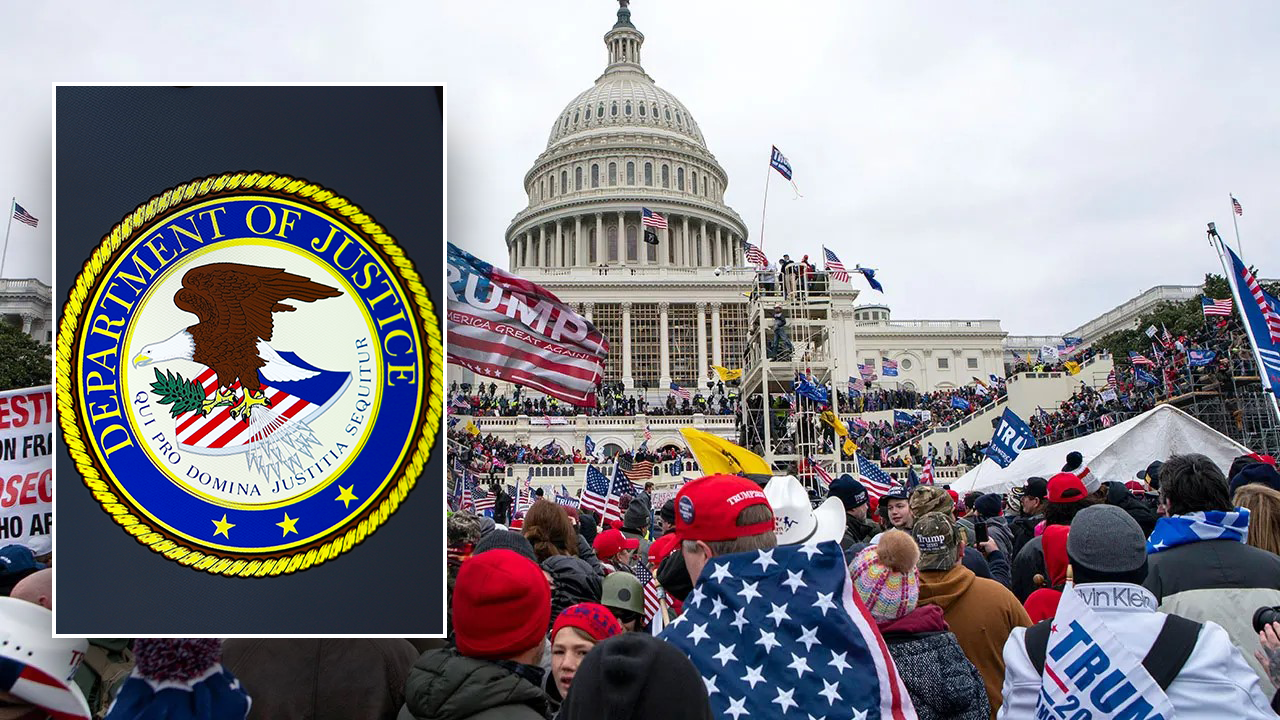HELENA, Mont. — Montana’s state psychiatric hospital has been so poorly run for decades that patients are unsafe and not treated with dignity and respect, which combined with a pattern of understaffing, lack of training and neglect has hastened the deaths of two patients, a lawsuit filed this week states.
The families of Lucio DiMauro and David Patzoldt, and patient Lesley Jungers, filed a federal lawsuit in Butte on Tuesday alleging low-income residents with mental health issues are “systematically abused and neglected,” at the Montana State Hospital.
“This case is about holding those in power responsible and accountable for the entirely preventable damages to these Plaintiffs, and to force change so these tragedies don’t happen to others,” the lawsuit states.
The lawsuit names Gov. Greg Gianforte, the director of the Department of Public Health and Human Services, and the director of the state hospital along with the state and its health department.
State law prohibits any form of abuse or neglect of people admitted to a mental health facility, requires that their privacy and dignity be protected, that they have adequate supervision and medical treatment and live in a humane environment that is comfortable and safe. It also requires regular housekeeping and maintenance and that the facility be kept in good repair.
The Montana State Hospital violates those laws and its patients’ constitutional rights to dignity and due process, the lawsuit states. The facility is located in Warm Springs — a town of about 600 people about 23 miles (37 kilometers) northwest of Butte.
Spokespeople for the governor’s office and the health department said they generally don’t comment on ongoing litigation.
DiMauro, who suffered a traumatic brain injury in 2012, was admitted to the Montana State Hospital in September 2020. He was regularly overmedicated, suffered numerous falls that his guardian was not notified about, contracted COVID-19 and on Aug. 5, 2020 was diagnosed with colon cancer, according to the complaint. A doctor expected him to live for another three to six months, the complaint states.
Staff administered DiMauro the pain medication morphine and an anti-anxiety medication every three hours until his death — just 13 days later. As his health deteriorated his sister asked for the Catholic sacraments of Last Rites to be performed, but that did not happen, the lawsuit states. Staff also failed to treat a wound on his forehead that he suffered in a fall, the lawsuit states.
Patzoldt, then 75, was admitted to the Montana State Hospital on Oct. 19, 2021, after having behavioral disruptions at a memory care center. He had numerous health problems and mental health issues, including Alzheimer’s disease, diabetes and congenital heart failure.
Four months later, Patzoldt died of sepsis, COVID pneumonia and cellulitis — or deep skin infections. He also had pressure ulcers. A review of his records found his heart medication was not given to him for nearly three weeks in November 2021, the lawsuit states.
Jungers, a current patient, was admitted to the state hospital for treatment of bipolar 1 disorder, but escaped from her room several times, even when she was supposed to be under one-to-one supervision. She has been diagnosed with frontal lobe dementia as well, the complaint states.
The Centers for Medicare and Medicaid Services stopped paying the Montana State Hospital for patient treatment in April 2022, saying it was inadequately staffed, repeatedly put patients in jeopardy and that it failed to correct problems even after being told it was at risk of losing federal funding.
CMS said shortfalls contributed to the deaths of at least four patients, a severe assault and a COVID-19 outbreak — and that the death of a fifth patient was not adequately investigated. That patient had been told to stop being so dramatic and go back to her room when she complained that she couldn’t catch her breath. She was found dead 45 minutes later.
With its large budget surplus, the 2023 Montana Legislature, allocated a $300 million investment in the state’s behavioral health system. A commission is expected to make its recommendations by next July.
The health department has also hired a consulting firm to temporarily manage all of the state’s health care facilities and make recommendations for improvements.
The lawsuit asks a federal judge to order the state to provide a safe environment for state hospital patients, maintain the staffing needed to provide adequate treatment and for the basic needs of patients along with actual and compensatory damages.
























/cdn.vox-cdn.com/uploads/chorus_asset/file/25782636/247422_ChatGPT_anniversary_CVirginia.jpg)
/cdn.vox-cdn.com/uploads/chorus_asset/file/25789444/1258459915.jpg)

/cdn.vox-cdn.com/uploads/chorus_asset/file/25546252/STK169_Mark_Zuckerburg_CVIRGINIA_D.jpg)


/cdn.vox-cdn.com/uploads/chorus_asset/file/23951353/STK043_VRG_Illo_N_Barclay_3_Meta.jpg)